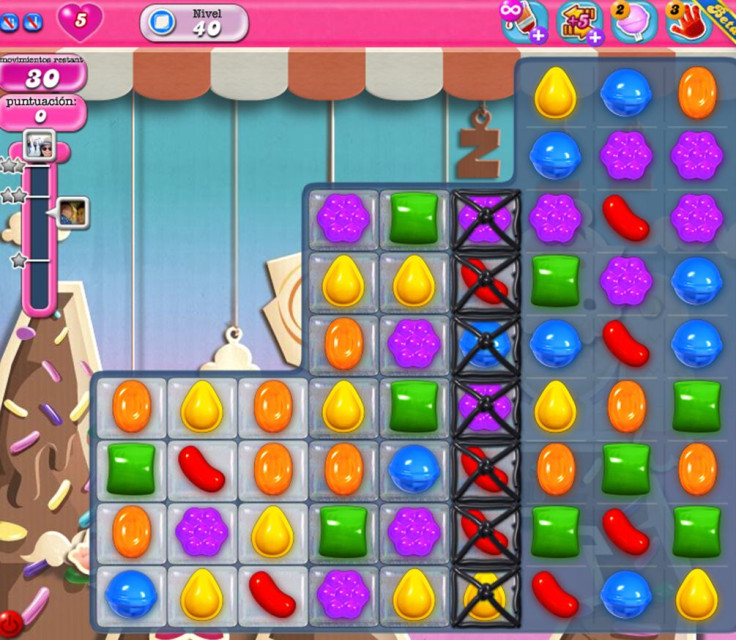Man Plays Candy Crush All Day For 6 Weeks Straight, Tears Tendon In Left Hand

With the way most of us use our smartphones, swiping every which way through our various apps, games, and websites (usually only with one hand), the thought of carpal tunnel syndrome has surely crossed the mind a couple of times. Well, if you were wondering how much you had to swipe for some medical condition to arise, a case study published in JAMA Internal Medicine has you covered.
The man, a 29-year-old living in California, visited the doctor with “chronic left thumb pain and loss of active motion” from playing (unsurprisingly) Candy Crush Saga — that addictive, wildly popular game that rewards players for matching small pieces of candy. The man told doctors he had been playing the game “all day for six to eight weeks,” and that while “playing was a kind of secondary thing… it was constantly on,” according to Live Science.
A physical exam and MRI scan on the man’s hand discovered the source of his pain was a ruptured tendon — the one involved with moving the thumb. The man needed surgery to fix the condition.
While it would have made sense for the man to realize his pain (and the fact he had a torn tendon) sometime during that six to eight weeks, a peculiar detail in this case is that he didn’t notice pain at all while playing. This should have applied even more to this man, as the tear occurred in one of the tendon’s thickest points — most tears occur at thinner points. Speaking to Live Science, Dr. Andrew Doan, co-author of the report, said the game could have acted like a natural painkiller, as advancing in the game triggered the release of feel-good chemicals in the brain comparable to a “runner's high.”
“We need to be aware that certain video games can act like digital painkillers,” he said. “We have to be very cognizant that that can be abused.”
While the man said he wasn’t addicted to the game; that he was only playing it to pass time while in between jobs, video game addiction is a very real thing. In fact, video games are designed to repeatedly trigger the release of those feel-good chemicals, such as dopamine, by challenging players and rewarding them once they’ve accomplished their goal. Then they do it all over again.
Though there are social and emotional benefits to playing video games for an hour or less a day, Doan said, people should still try to limit their game time to about 30 minutes. Anything more and gaming can have the opposite effect, he said.
Source: Gilman L, Cage D, Horn A, Bishop F, Klam W, Doan A. Tendon Rupture Associated With Excessive Smartphone Gaming. JAMA Internal Medicine. 2015.
Published by Medicaldaily.com



























